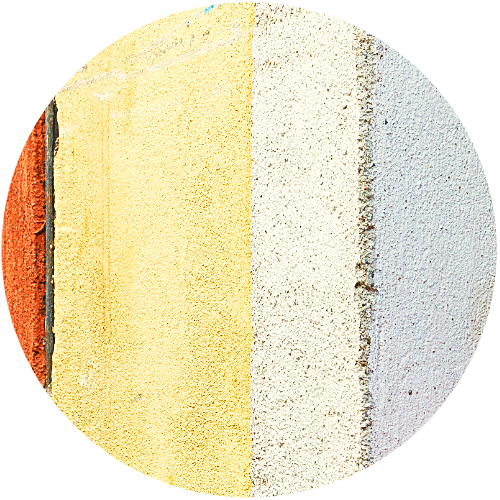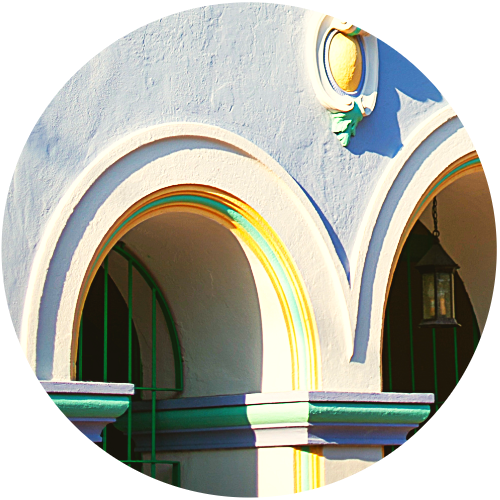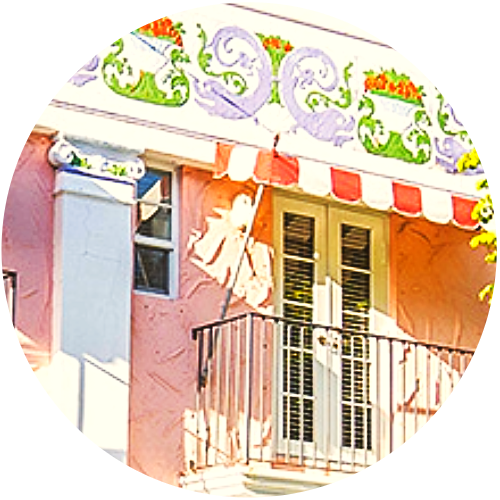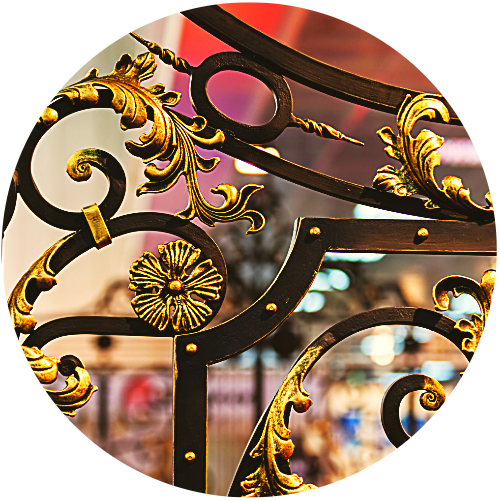MEDITERRANEAN REVIVAL
Mediterranean Revival architecture plays a crucial role in defining Miami Beach’s distinctive style, blending the charm of the Mediterranean with the city’s tropical environment. With its enduring appeal, this architectural style continues to be celebrated in both restored buildings and new constructions.
Carl Fisher, who is often credited with promoting Miami Beach as a winter tourist destination in the beginning of the twentieth century used this exotic Mediterranean Revival style in advertisements. His ‘clubhouse’ which is now home to the Rum Room and Venu is considered the oldest public building in Miami Beach.
Built in 1916 – Architect: August Geiger


KEY FEATURES
-
Stucco exteriors
White or light-colored stucco is common, often combined with red-tiled roofs that mimic the traditional Spanish and Italian villas.
-
Tile Work
Decorative ceramic tiles, often in bold colors, were frequently used for accents, particularly around windows, doors and courtyards.
-
Arches
Rounded or pointed arches were used in windows, doorways, and loggias, echoing Mediterranean design traditions.
-
Terracotta Roof Tiles
The iconic red or orange clay roof tiles were a staple of Mediterranean Revival properties, providing a distinctive, rustic appearance.
-
Balconies & Courtyards
These spaces were often central to the design, inviting outdoor living and enhancing the Mediterranean lifestyle.
-
Ironwork & Wrought-iron Details
Decorative wrought iron railings, gates and light fixtures were common, adding to the overall elegance of the structures.
-
Tropical Landscaping
Incorporating lush greenery, including palm trees and other native plants, was key to blending the architecture with the natural environment.

NOTABLE PROPERTIES
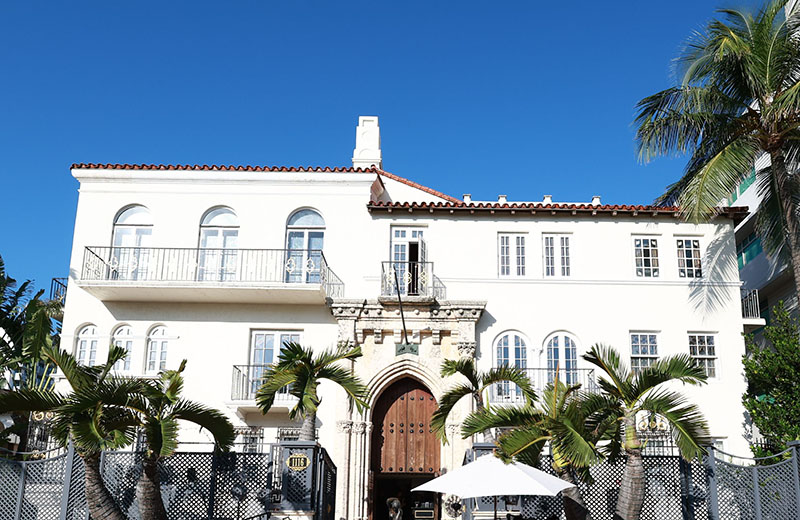
Casa Casuarina
(The Versace Mansion)
1116 Ocean Drive
Year Built: 1930
Architect: Henry LaPointe
Originally designed as a private estate, Casa Casuarina showcases Mediterranean Revival with its intricate tile work, arched doorways and terracotta roofs. The property gained worldwide fame as the former home of designer Gianni Versace.
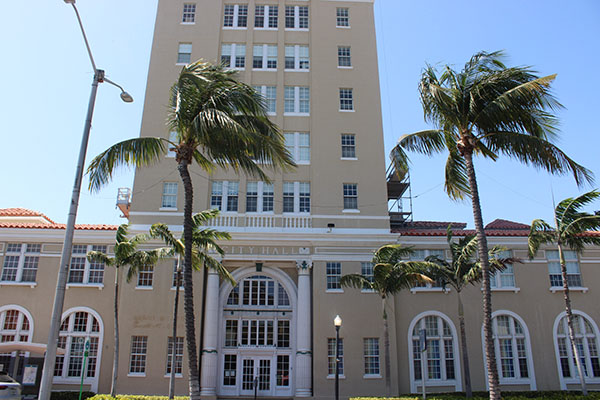
Historic Miami Beach
City Hall
1130 Washington Avenue
Year Built: 1927
Architect: Martin L. Hampton
This property incorporates classic Mediterranean elements, such as stucco exteriors, a red-tiled roof, arched windows and ornate ironwork.
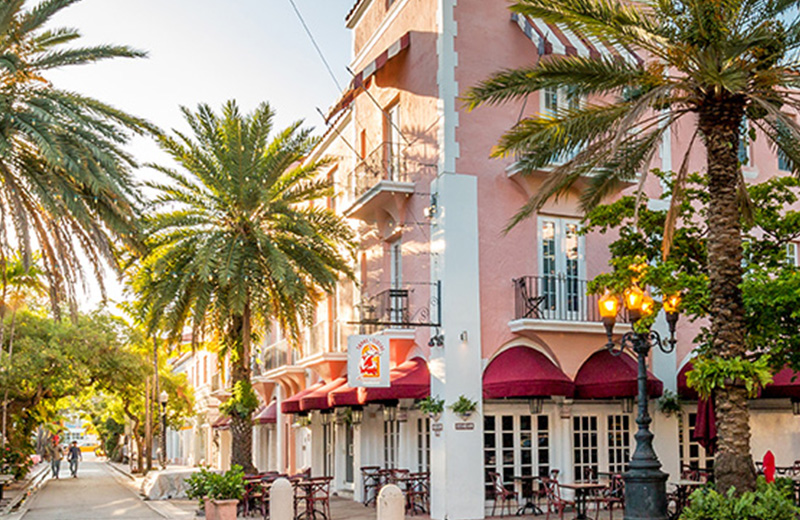
Española
Way
Between 14 & 15 Streets
Year Built: 1925
Architect: Formerly designed by Robert A. Taylor
Española Way is a charming Mediterranean Revival-style pedestrian street designed to resemble a Spanish village. It is lined with colorful stucco buildings, arched doorways, tiled roofs, wrought-iron balconies and outdoor courtyards. Created as a tourist destination it remains a focal point of Miami Beach.

